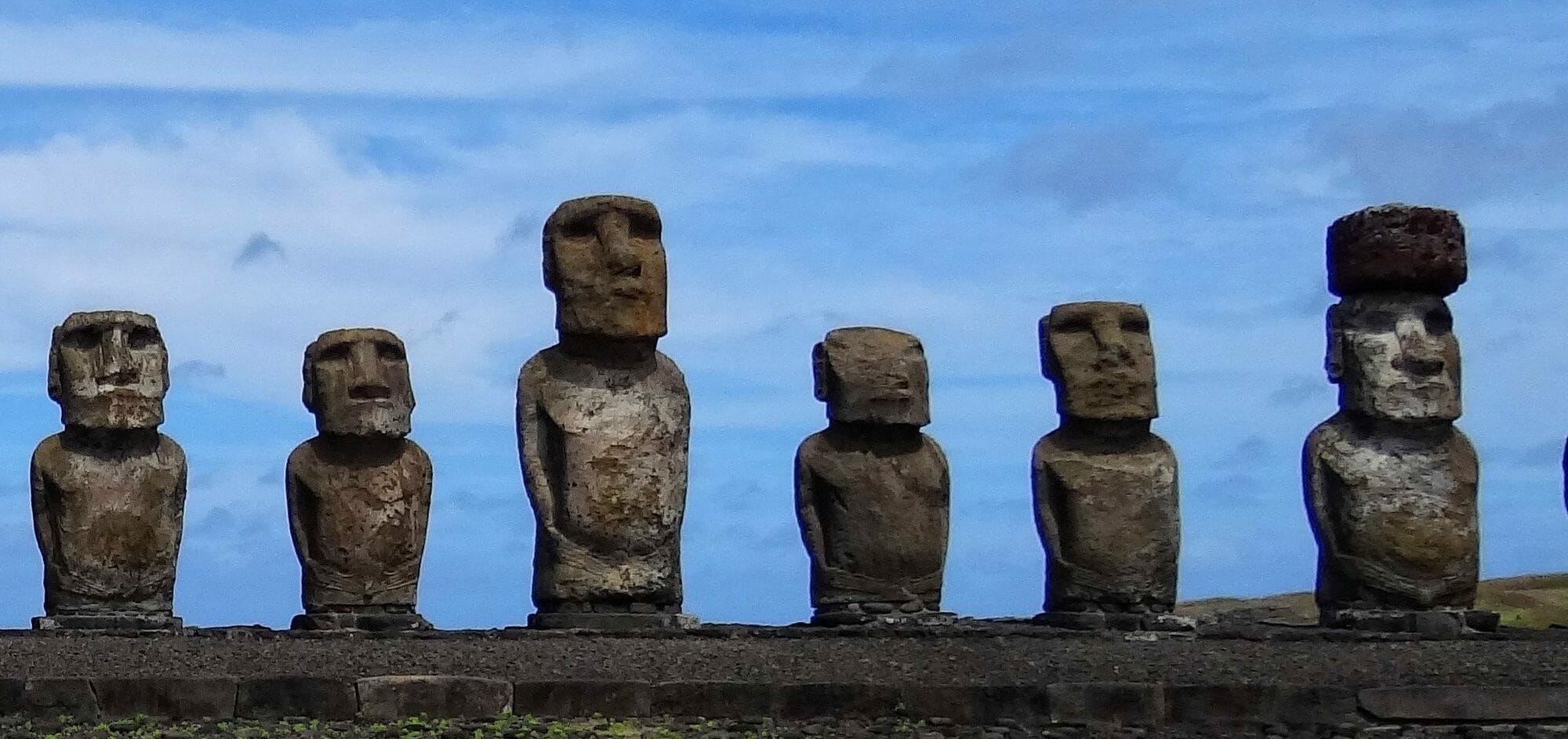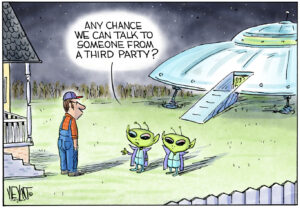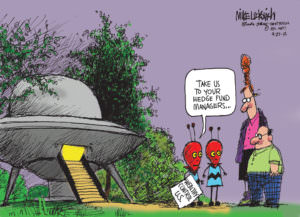Is Climate Change an Inevitable Result of Any Advanced Civilization?
Some scientists speculate that civilizations destroy the conditions for their own survival. If they are right, an enduring silence may be the real message from other parts of the universe. Climate News Network
Climate News Network
US scientists have calculated the conditions for the survival of a civilisation – all advanced civilisations across the vast universe. Their calculations may explain why, so far, extraterrestrial beings have failed to get in touch.
They may also help explain why climate change driven by global warming could be both inevitable and potentially calamitous.
Entirely theoretical research of this kind is the basis of astrobiology: the attempt to understand why life exists in a seemingly hostile universe, and why, if it exists on Earth, it is not visible everywhere. For practical data, astrobiologists have only one instance of life, and one of intelligent advanced civilisation to work with: planet Earth.
Adam Frank, of the University of Rochester, New York, and colleagues report in the journal Astrobiology that they considered the evidence of a vanished civilisation on Earth – the mysterious culture that flourished on Easter Island in the Pacific and then vanished by about 1500AD.
Better insight
“If we’re not the universe’s first civilisation, that means there are likely to be rules for how the fate of a young civilisation like our own progresses,” said Professor Frank.
“The point is to recognise that driving climate change may be something generic. The laws of physics demand that any young population, building an energy-intensive civilisation like ours, is going to have feedback on its planet. Seeing climate change in this cosmic context may give us better insight into what’s happening to us now and how to deal with it.”
The principle is that any civilisation must change its planet, and the most obvious way would be by exploiting resources in ways that might affect average planetary temperatures.
Under such circumstances the population could reach a peak – and then die off, leaving a few survivors. Or it could foresee the problems and go for sustainability rather than ever more growth. Or population and temperature could reach a peak, at which point the civilisation would collapse. Or – disconcertingly – the threatened civilisation could identify the looming disaster but fail to act in time.
Fatal delay
“The last scenario is the most frightening,” said Professor Frank. “Even if you did the right thing, if you waited too long, you could still have your population collapse.”
Geoscientists have already identified a new phase of Earth history: the planet has now entered an epoch informally called the Anthropocene. They have already established that, in principle, the build-up of greenhouse gases in the atmosphere as a consequence of the exploitation of fossil fuels could raise temperatures to a point that would make civilisation, and perhaps even life on Earth, unsustainable.
Professor Frank himself has explored these questions in earlier studies. In 2014, he and colleagues asked themselves how long an alien civilisation that had discovered fossil fuels, and therefore changed the conditions in which it evolved, could sustain itself.
Earlier this year he returned to the theme and asked how modern humans could ever know if some intelligent non-human civilisation had once ruled the planet and then obliterated itself. Easter Island’s vanished overlords, the people who built the vast stone statues that now stand in enigmatic silence over an impoverished landscape, become in such a case an object lesson.
Archaeological evidence suggests that a culture emerged perhaps 1600 years ago, population grew to a peak, resources were over-exploited, population collapsed and, with it, all memory of what once had been. If an isolated island had a maximum carrying capacity, then so ultimately would an isolated planet. Professor Frank sees global climate change as a planet’s response to civilisation.
“If you go through really strong climate change, then your carrying capacity may drop, because, for example, large-scale agriculture might be strongly disrupted. Imagine if climate change caused rain to stop falling in the Midwest. We wouldn’t be able to grow food, and our population would diminish,” he said.
“If you change the Earth’s climate enough, you might not be able to change it back. Even if you backed off and started to use solar or other less impactful resources, it could be too late, because the planet has already been changing.
“These models show we can’t just think about a population evolving on its own. We have to think about our planets and civilisations co-evolving.”
Your support matters…Independent journalism is under threat and overshadowed by heavily funded mainstream media.
You can help level the playing field. Become a member.
Your tax-deductible contribution keeps us digging beneath the headlines to give you thought-provoking, investigative reporting and analysis that unearths what's really happening- without compromise.
Give today to support our courageous, independent journalists.






You need to be a supporter to comment.
There are currently no responses to this article.
Be the first to respond.